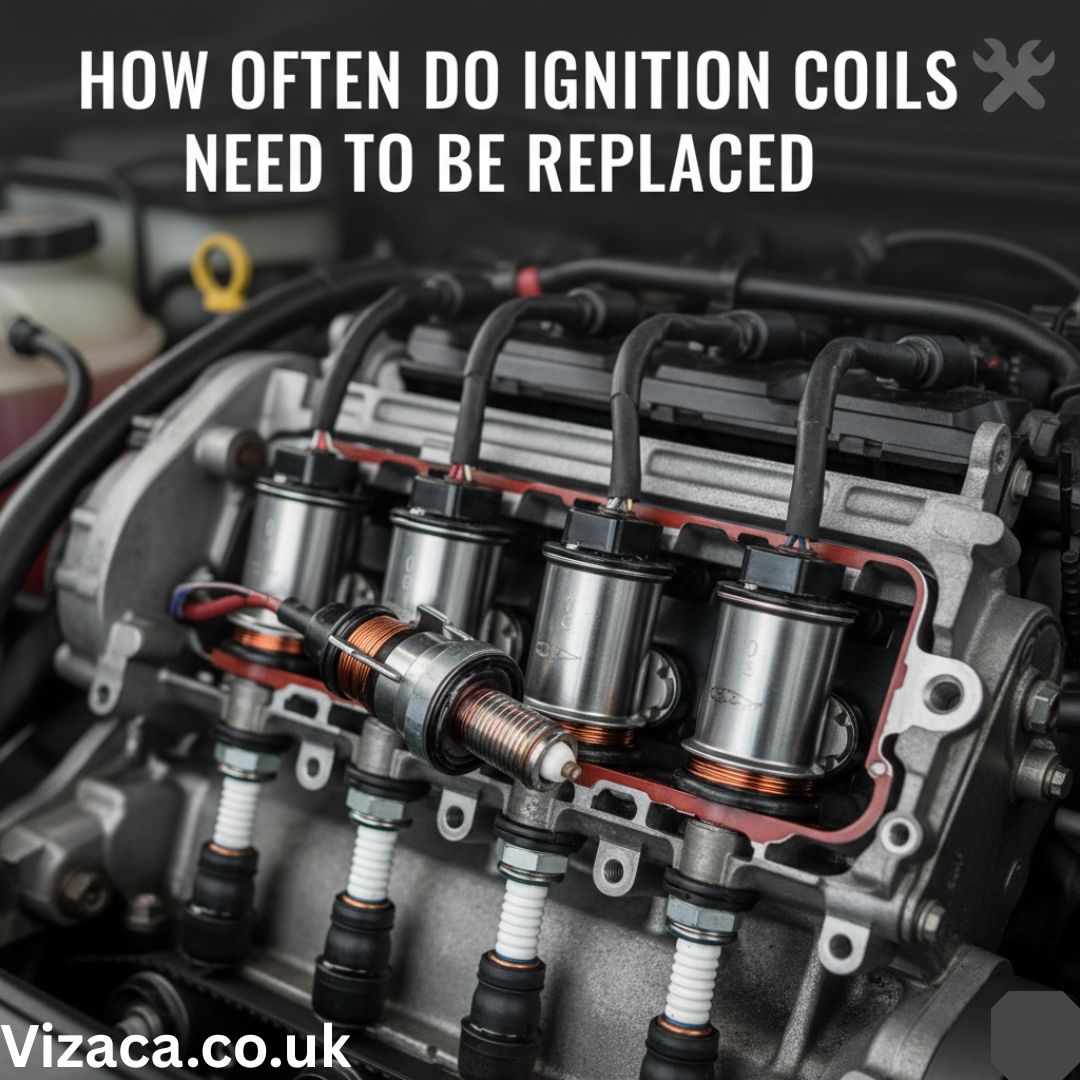The ignition coil plays a crucial role in your 1992 Pontiac Firebird’s engine by converting the battery’s voltage into the high-voltage power needed to ignite the fuel and air mixture in the engine’s cylinders. If the ignition coil fails, your Firebird may experience a range of issues, including poor engine performance, misfires, rough idling, or even a no-start condition.
In this guide, we’ll walk you through the process of replacing the ignition coil on a 1992 Firebird, ensuring your car gets back to running smoothly.
Why Replace the Ignition Coil?
Symptoms of a Failing Ignition Coil
Before diving into the replacement process, it’s important to recognize the symptoms of a failing ignition coil. Some common signs that indicate your ignition coil may need replacement include:
- Engine misfires: The engine may sputter or misfire, especially during acceleration.
- Difficulty starting: The car may crank but not start or take longer than usual to start.
- Rough idling: The engine may idle roughly when the ignition coil is malfunctioning.
- Reduced fuel efficiency: A failing ignition coil can lead to decreased fuel efficiency.
- Check engine light: A faulty ignition coil will often trigger the check engine light.
If you’re experiencing one or more of these symptoms, it may be time to replace the ignition coil in your 1992 Firebird.
Tools and Materials Needed
Before you begin, gather the necessary tools and materials to make the replacement process smoother. Here’s what you’ll need:
- New ignition coil (specific to your 1992 Firebird’s engine type)
- Socket wrench set (with 8mm or 10mm sockets, depending on your Firebird model)
- Screwdriver set (flathead and Phillips)
- Ratchet and extension bar (optional for hard-to-reach bolts)
- Dielectric grease (optional, for protecting electrical connections)
- Owner’s manual (optional, for reference)
With these tools in hand, you’re ready to begin replacing the ignition coil.
Step-by-Step Guide to Changing the Ignition Coil on a 1992 Firebird
Step 1: Disconnect the Battery
Before working on the electrical components of your vehicle, it’s essential to disconnect the battery to avoid any accidental shocks or short circuits.
- Open the hood of the Firebird and locate the battery.
- Use a wrench to disconnect the negative battery cable. This will cut off power to the vehicle’s electrical system.
- Move the negative cable aside, ensuring it doesn’t touch any metal surfaces.
Step 2: Locate the Ignition Coil
On the 1992 Pontiac Firebird, the ignition coil is typically mounted on or near the engine, depending on whether your car has a distributor ignition system or a coil pack (for V6 or V8 models).
- Consult your owner’s manual for the exact location of the ignition coil in your Firebird model.
- The ignition coil will be a small box or cylindrical component connected to the distributor or mounted directly on the engine.
Step 3: Remove the Electrical Connections
Once you’ve located the ignition coil, it’s time to disconnect the electrical connections.
- Disconnect the spark plug wires attached to the ignition coil by gently pulling them off. If necessary, label the wires to ensure you reconnect them correctly later.
- Disconnect the electrical connector from the ignition coil. Press the tab on the connector and pull it free from the coil.
Step 4: Remove the Ignition Coil
Now that the electrical connections are removed, you can proceed to remove the ignition coil from its mounting bracket.
- Use your socket wrench to remove the bolts securing the ignition coil to the engine or mounting bracket.
- Once the bolts are removed, carefully lift the old ignition coil out of its mounting position.
Step 5: Install the New Ignition Coil
With the old ignition coil removed, you can now install the new one.
- Place the new ignition coil in the same position as the old one, aligning it with the mounting holes.
- Reinstall the bolts you removed earlier using the socket wrench, tightening them securely to hold the coil in place.
- If desired, apply a small amount of dielectric grease to the electrical connectors. This helps protect the connections from corrosion.
Step 6: Reconnect the Electrical Connections
Once the new ignition coil is installed, reconnect all the electrical components.
- Reconnect the electrical connector to the ignition coil, ensuring it clicks into place securely.
- Reconnect the spark plug wires to the new coil, making sure they are attached in the correct order (use your labels or reference photos if necessary).
Step 7: Reconnect the Battery
Now that the ignition coil is in place and all connections are secure, it’s time to reconnect the battery.
- Reattach the negative battery cable to the battery terminal and tighten the clamp with a wrench.
- Make sure the cable is firmly attached to ensure proper electrical contact.
Step 8: Test the New Ignition Coil
With everything reconnected, it’s time to start the vehicle and test the new ignition coil.
- Turn the ignition key to start the car.
- Listen for any signs of smooth operation, such as a consistent idle and proper acceleration.
- Check for any misfires, engine hesitation, or rough idling that may indicate further issues.
If the car starts smoothly and runs well, you’ve successfully replaced the ignition coil!
Additional Tips for Success
- Check the condition of the spark plugs: If your ignition coil failed, it’s a good idea to inspect the spark plugs as well. Worn or damaged spark plugs can also cause misfires and engine issues.
- Use dielectric grease: Applying dielectric grease to the electrical connectors can help protect against moisture and corrosion, ensuring long-lasting performance.
- Follow the owner’s manual: Always refer to your owner’s manual for specific instructions or torque settings for bolts during installation.
Conclusion
Replacing the ignition coil on a 1992 Pontiac Firebird is a straightforward process that can be done with basic tools and a little patience. A functioning ignition coil is essential for smooth engine performance, and by following this step-by-step guide, you can restore your Firebird’s power and reliability. If you notice any signs of misfires or starting issues, replacing the ignition coil should be one of the first steps to troubleshoot. With the new coil installed, your Firebird will be back to delivering that classic, smooth ride.










